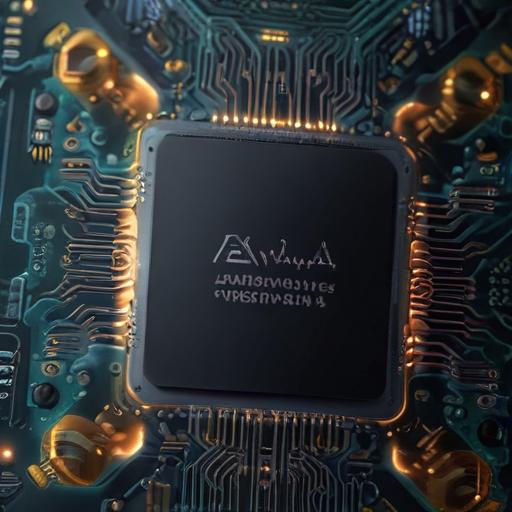The global AI infrastructure market is experiencing significant changes, fueled by the surging demand for computing power needed to train and deploy large language models, generative AI, and real-time inference systems. Central to this evolution is the semiconductor industry, where companies are striving to provide the hardware that will shape future technological developments. Among these contenders, Broadcom Inc. has distinguished itself by utilizing its expertise in custom AI accelerators and networking solutions, thus securing a leading role in the AI semiconductor landscape.
The AI semiconductor sector is split into two vital markets: training and inference. Training requires high-performance GPUs and specialized accelerators that handle vast datasets, while inference is focused on deploying trained models for predictions, necessitating efficiency in speed and energy consumption. While Nvidia has long been the dominant player in training, particularly with its innovative architectures, Broadcom has successfully targeted the inference segment with custom Application-Specific Integrated Circuits (ASICs), providing 2-3 times faster performance than traditional GPUs and significantly lowering power consumption.
Financially, Broadcom showed promising metrics, reporting $4.4 billion in AI semiconductor revenue for Q2 2025, reflecting a remarkable 46% year-over-year growth. During this period, AI networking contributed 40% of its total revenue, buoyed by impressive gross and operating margins of 79.4% and 65%, respectively. Broadcom’s capital-light approach, with capital expenditures constituting only 1% of revenue, allows the company to invest in research and development and pursue strategic acquisitions without bearing the financial strain seen in its competitors.
Although Nvidia remains the leader in the broader AI GPU market, Broadcom’s unique emphasis on custom ASICs and networking allows it to carve a distinct position. Notably, its Tomahawk 6 Ethernet switch adeptly addresses data flow challenges in extensive AI clusters, and collaborations with major hyperscalers further bolster its competitive edge. Other players like AMD and Intel face difficulties in achieving similar financial performance, underscoring Broadcom’s solid market positioning.
Looking forward, Broadcom’s management is optimistic about maintaining a 60% annual growth rate in AI semiconductor revenue through FY 2026, driven by robust hyperscaler demand, constant product innovation, and strategic partnerships. The global spending on AI data centers is expected to soar to $5.2 trillion by 2030, bolstering this growth trajectory. Despite inherent risks associated with intense competition and potential geopolitical tensions, Broadcom’s strategy and adaptability put it in a favorable position.
For investors, the company represents an appealing opportunity in a sector often characterized by high capital outlays. Its AI semiconductor division is seen as a significant growth driver, potentially generating $18 billion annually by 2026. The stock has risen 45% over the past year, reflecting positive investor sentiment about its AI initiatives. While Nvidia may appear to be a safer choice for diversified funds, Broadcom’s distinctive focus on inference and networking makes it worthy of consideration for those looking to invest in the AI infrastructure boom.
Broadcom’s strategic focus on delivering innovative, high-margin solutions positions it well within the high-stakes AI semiconductor arena, ensuring it remains a key player in the ongoing technological transformation.
